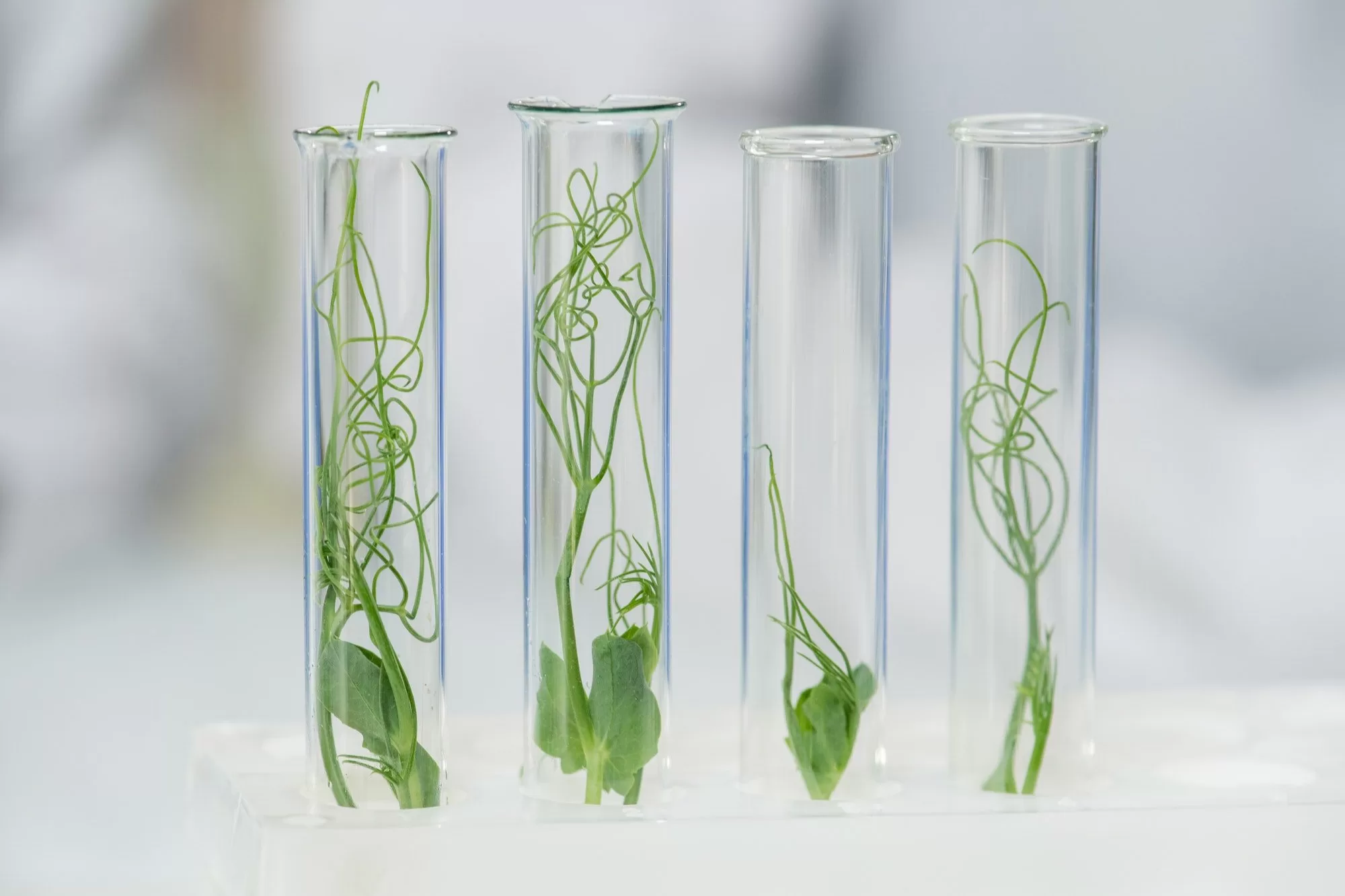Beauty
Optimizing Skin: pH Balance for Resilient Skin and Microbiome Harmony
Our skin, the largest organ in the human body, acts as a protective barrier against external aggressors, including harsh chemicals, environmental pollutants, and harmful microorganisms. This barrier is not merely a physical shield; it is a complex ecosystem teeming with life, known as the skin microbiome. This intricate community of microorganisms plays a crucial role in maintaining skin health, regulating inflammation, and preventing infections.
At the heart of this delicate ecosystem lies pH balance. pH, which stands for potential hydrogen, is a measure of a solution’s acidity or alkalinity. On a scale of
- 0 to 14, 7 represents neutral,
- values below 7 indicating acidity
- values above 7 indicating alkalinity.
For healthy skin, an optimal pH range of 4.5 to 5.5 is essential [1, 2].
This slightly acidic environment is crucial for maintaining the skin’s protective barrier and fostering the growth of beneficial microorganisms [3]. The acidic pH inhibits the proliferation of harmful bacteria and yeast, while also promoting the activity of beneficial microbes that produce antimicrobial substances and contribute to skin health [4].
Disruptions to skin pH can have a profound impact on the microbiome and overall skin health. Harsh soaps, detergents, and over-washing can strip away the skin’s natural oils, disrupting the acidic pH and creating an environment favorable for harmful microorganisms. This can lead to skin irritation, dryness, eczema, and acne.
Conversely, maintaining a healthy skin pH level is essential for promoting skin health and resilience. Here are some key benefits of maintaining an optimal skin pH:
- Enhanced Barrier Function: Acidic pH strengthens the skin’s barrier function, reducing water loss and preventing the penetration of irritants and allergens.
- Antimicrobial Protection: The slightly acidic environment inhibits the growth of harmful bacteria and yeast, reducing the risk of infections and skin conditions like acne.
- Improved Nutrient Absorption: Acidic pH enhances the skin’s ability to absorb essential nutrients, promoting healthy cell turnover and regeneration.
- Reduced Inflammation: Acidic pH helps maintain a balanced inflammatory response, preventing irritation and redness.
- Optimized Microbiome: The slightly acidic environment promotes the growth of beneficial microorganisms, which contribute to overall skin health.
To maintain a healthy skin pH, it is important to adopt gentle skincare practices that respect the delicate balance of the skin’s microbiome. Here are some simple tips for maintaining skin pH:
- Avoid harsh soaps and detergents: Opt for mild, fragrance-free cleansers that won’t disrupt the skin’s natural pH.
- Limit over-washing: Excessive washing can strip away protective oils and disrupt the skin’s pH balance.
- Moisturize regularly: Keeping the skin hydrated helps maintain the acidic pH level.
- Protect from UV exposure: Excessive sun exposure can damage skin cells and disrupt the microbiome.
- Consult a dermatologist: If you have concerns about your skin’s pH or overall health, consult a dermatologist for personalized advice.
In conclusion, skin pH plays a vital role in maintaining a healthy, resilient complexion. By understanding the importance of pH balance and adopting gentle skincare practices, we can nurture the delicate ecosystem of our skin’s microbiome and promote long-term skin health.
References:
1 Skin pH: How to Balance It and Why It Matters. National Institute of Health – MedlinePlus. https://medlineplus.gov/
[2] The Importance of Maintaining Skin pH. Harvard Health Publishing. https://pubmed.ncbi.nlm.nih.gov/23322028/ [3] The Skin Microbiome and Its Role in Health and Disease. National Institutes of Health – National Human Genome Research Institute. https://www.genome.gov/27026477/2008-news-feature-nhgri-research-reveals-humans-share-a-common-set-of-skin-microbesSkin pH and the Skin Microbiome. American Academy of Dermatology.
https://www.ncbi.nlm.nih.gov/pmc/articles/PMC6084363/

